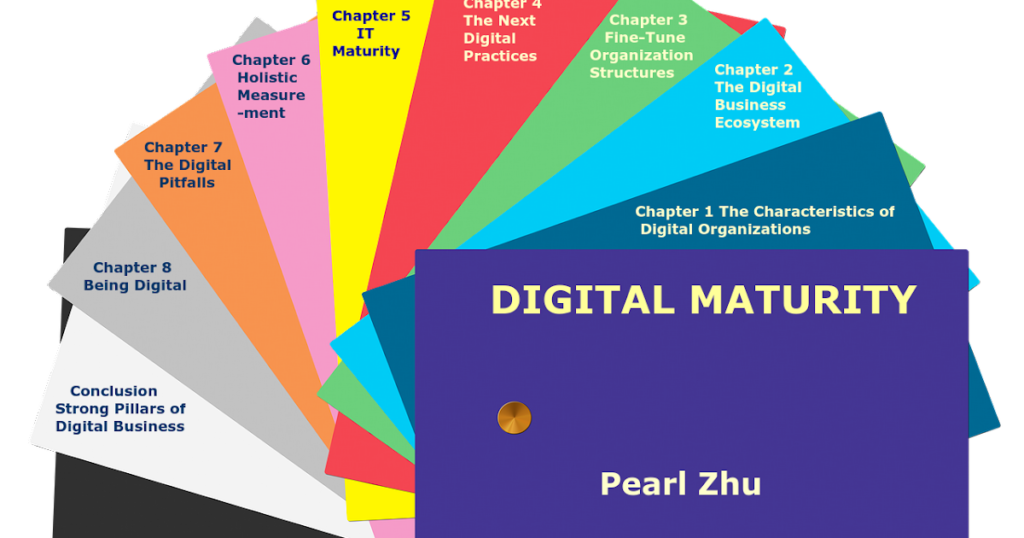Although digital maturity is a top goal for most organizations, not every company achieves the same level of success. However, taking a strategic approach and planning accordingly can deliver better results and an implementation that can evolve and scale quickly. Organizations invest in digital maturity to achieve the following in commercial transformation.
- Access more data and intelligence- leaders can take advantage of the insights from data to establish clear organizational objectives to help them grow their business. That also allows them to equip the company better to handle constant change.
- Boost customer experience- digital maturity helps the business provide personalized customer interactions that are efficient in all channels. That encourages more customer engagement and interaction.
- Enhance employee experience- through cross-functional collaboration, employees can work more efficiently, drive change and achieve more satisfaction in their work.
According to digital maturity experts at https://www.encode.eu/blog-posts/digital-maturity-in-commercial-operations, any change initiative is bound to fail without a clear definition of the objectives of digital transformation it is poised to drive. Achieving digital maturity in commercial operations involves evaluating how ready a business is to establish a long-term commercial transformation strategy. Before the transformation, here are the critical aspects involved.
Foundation
The foundation stage involves understanding the company’s fundamental business logic, for example, the complexity around pricing a product. The objective here is to establish a single data model. This stage progresses to ensure everyone is on the system with the critical business data creating one source of truth. All the departments in the organization have control over this system, and the information is available to everyone who needs it. That ensures the organization has a strong foundation for the start of the digital maturity journey.
Getting the users into the system
The next step of the process is to get the users into the system using basic workflows to create critical business documents like quotes, proposals, and contracts. The business logic formed in the first stage is incorporated here to ensure accurate, and on-brand documents are available instantly.
Automation
From the previous stages, there is a higher understanding of the business’s priorities, processes, and how they influence business operations, customer experiences, and revenue generation. Here the goal is to automate manual processes like signing and sending documents to streamline end-to-end operations. This way, staff can be free to serve customers better and grow the organization because they are not weighed down by putting together proposals, chasing approvals, or collaborating with other departments to get some things done.
Breaking down silos
The next stage is integration, which is about breaking silos to ensure data flows smoothly from one department of the organization to another so that every team can execute their work effectively. This step shows a high level of digital maturity, so the techniques work for the entire organization and not only individual departments. Therefore the building blocks of data have to be consistent, and everyone must have understood it. Thanks to streamlined processes, cross-team collaboration increases, and there is a range of other improvements.
Intelligence
At this point, business operations work optimally, which enables the organization to use the intelligence achieved from streamlined processes to inform decision-making. Note that reporting takes place across the organization equipping the business with continuous improvement. Since any stumbling blocks are exposed, addressing them is transparent, and the organization’s leaders can take appropriate action.
The bottom line
An organization that takes the time to digital maturity and assess where their capabilities lie along with strategies to boost their digital maturity is more likely to profit from its investment in digital transformation. Evaluating the maturity of any given process helps an organization gain a better understanding of its current state and how to move it to the next maturity level.


